If your current marketing is based in the offline world and now you want to be seen on the internet and you planning some online promotion, you’ll find there are a lot of choices. As an example, you might consider banner advertising, the splashy colorful across-the-page or down-the-side items you see on search engines or social media platforms.
However, in 99% of the cases, the banner is a waste of money.
Why? First, people rarely click; they barely register because banners have existed since the internet’s beginning. Unless you can use the Google Display Network. You know those banners that chase you to your next viewed pages and sites after you go to Booking.com to see a hotel, for example.
These are more advanced banners that may be profitable, but only for those who know how to optimize banners in small detail… and, most importantly, know how to track results. In almost every other case, product and branding banners on the internet do not pay off and you throw away money.
The point I want to make here is that internet promotion (advertising) of any kind, on any platform can, and must, be monitored and measured.
I know there’s a big emphasis on a creative ‘look’ for your ads and posts. Creative is just what helps sell what you sell, and everything else is the fog of marketing agencies. Don’t be fooled.
You are not in the race to win the “creativity” award, but to win as many new, lifelong clients at the lowest possible cost. Of course, creativity will get attention; what really counts for you is what sells your products and services.
What is not monitored cannot help you make further decisions, no conclusion can be drawn about its precise profitability and there is no accountability.
Even if you can buy a cheap banner somewhere, what’s the point? You can do much better, and with complete control, on Facebook. You don’t have to negotiate and pay for banners when you can nicely direct Mark Zuckerberg who holds the world’s monopoly on human attention (and I’m guessing your consumers are human, too). The man won the game, and made life easier for all us business owners who want to reach our target audience.
The keyword is ‘profitable’. Anyone can pay for online promotion (even a banner), but few can make profitable advertisements. And, you cannot calculate profits if you do not measure all the results. To measure results, you need to have an analytical tool, like Google Analytics, installed on your site to start.
Your marketing impact will be much more rewarding when you have an advertising platform like Facebook or Google. There you can control all the factors and where you can leverage the cost and content of the advertisement and waste no time in payment or communication complications.
Banners can be very profitable in the form of “retargeting” (that’s when you chase people around the Internet with your follow up ads), but this is only for people who have already shown some interest in your products or services. So, first we have to get your desired buyer to show that interest. Here’s how to get it done.
3 things that really matter when you do online promotion of your business (everything else is distraction)
- generating visits to your online presence like your site or Facebook page
- conversions (which means turning those visitors to customers)
- an ongoing and increasing relationship with your customers which channels them through a path or ‘funnel’ to increase their lifetime value. In other words, how to convert that customer into the eternal client who will spend over and over on your website.
Well, that’s the essence of online marketing it all falls into one of those 3 fields.
In this post I’ll address #1, Visits.

Photo by Shlomo Shalev on Unsplash
If you don’t have site visits, no one knows you exist, and you have no one to sell whatever you sell. It’s only in fantasy movies that ‘if you build it they will come’. They’ll only come if they know it’s there and why they should make the visit!
So this is your first step. For visits to be profitable, they have to cost you less than the price for which you sell your product or service … plus, the visits must be relevant. A relevant visit means the visitors who are likely to purchase.
So they need to be “targeted” people, which means the people who (we assume) are interested in your offer and who have the money and the desire to buy what you sell. And, as I wrote, the other thing is to make these visits as inexpensive as possible.
The winner of the online advertising game is the one who can spend their money and always make a profit.
What does that mean? If you can buy website visits (get people to see your offer) cheaper than your competitorsand convince more visitors to “convert” to buyers than your competition and eventually “squeeze” more money out of the client so your average customer value is higher than your competition, then you can spend money profitably and dominate the market. A lot of people invest on ads. Very few of those ads are profitable. Someone will boost a post for $20, for example, and earn a $100 profit. Pretty nice! The goal is to find a responsive audience (for promoting) which converts so well that whatever you spend you will always earn more. If you find that formula, you can spend as much as you want: you will still be earning.
Back to visits. You may have heard that there are “free” visits through an organic visit. This is when someone types something in the search bar and your site or landing page shows up first on a Google search or among the first 5 and people click; this cost you nothing.
However, don’t be fooled: You paid for content, for SEO, for design. You cannot be in the top 5 without some investment. Another form of advertising on Google is paid Google Ads (ex AdWords). That is, when you decide to advertise with ‘pay per click’ (PPC), it means whenever someone clicks on your advertisement, you pay Google.
The reality is that there are no free visits. And that “free” visit from Google has a price. As I wrote: you had to design a product, build a website, create content, optimize that content for Google (it’s SEO or Search Engine Optimization). So, that ‘free’ visit also has a price. You also need to push that content and advertise it (for example, on Facebook). Everything in marketing has a cost!
Another point about finding relevant visits: On the internet, you can have instant visits and slower visits.
Instant visits are mostly paid visits. So, you might pay for the ad on Facebook or Google that creates a sense of urgency and delivers immediate visits to your landing page or site. This is quick and short. As soon as you’ve spent your ad budget, there are no more visits.
This is your best option if you know how to optimize for conversions – getting your visitor to make a purchase. Conversion optimization is called CRO or Conversion Rate Optimization. This means that your site and offer must be killer good. So good that the cost of the visit comes out to cost less than the profit from the offer, with all costs included.
For example, if 1,000 visits cost $50, that is $ 0.05 per click or visit, and if the profit from your offer is $10, that means that in order to break even, at least every two hundredth visitor must convert to a customer. This would mean that out of 1,000 people you have 5 sales.
And that’s not so bad provided you have a “backend system”: that’s the channel or funnel from #3, above: A channel (or path or funnel) to generate the next sale or series of sales from the client where you will make real money. You don’t need that if your front-end (your first sale) created good profits or ROI, Return on Investment but it’s always nice to be able to offer the next thing your paying customer will want from you.
Back to the speed of results: As I wrote, paid visits are instant and fast, but short. They are there to test and optimize for conversions until you have a profitable channel (funnel). The goal is perpetuum mobile (endless movement.). The goal is to have no budget.

Photo by Markus Spiske on Unsplash
What? No budget? Well the goal is to find your profitable funnel that clicks into gear with your profitable ad which has found the right audience. You have to spend (invest) a little before you find that. But don’t GIVE UP too early.
It’s VERY hard to create a profitable ad; 95% of ads aren’t profitable on Facebook, so when you finally make it, don’t stop. You see, the way Facebook’s Artificial Intelligence works (yes, it really is AI), you’ll most likely be investing in non-profitable ads until you get your first 50 conversions.
Facebook’s code needs time to “learn” who is your buyer – about 50 conversions will do the trick. After that, it automatically will find similar people (Lookalike audience), your conversions will be more frequent, and your ad becomes cheaper compared to its results. And bingo! You start earning more.
The point is that it’s very hard to create a profitable ad; most ads aren’t profitable on Facebook so when you finally make it, don’t stop.
Always keep reinvesting, as you will learn and then earn.
But watch out; there’s a big mistake commonly made on Facebook: People just hit the BOOST button for their ads, spend some money, and too often say – Facebook promotion doesn’t work.
The truth is, if you don’t use Facebook’s main weapon, you’re missing out and, very likely, this is why it’s not working. A very important element for successfully Facebook advertising is the Facebook Pixel.
What does the Pixel do? It’s one small piece of code, one small program, that you upload to your site; you can do it yourself. I won’t go deeper for now, but its main 4 functions are:
- Remarketing (Show ads to visitors to your site. This is where you create a new audience that will consist of visitors to your site)
- Conversions (Tracking the success of your campaigns. Use FB Pixel to see if someone has done something on your site that you want them to do. For example, fill in the contact form, add to cart.)
- Analytics (Very similar to Google Analytics only in smaller form.)
- Campaign Optimization (FB code actually learns, following the behavior of your users; based on this, it sets aside the habits of your ideal customer and goes on to find similar people on Facebook itself)
If you use all the Facebook tools the right way, your ad should become profitable and keeps earning continuously. If you earn continuously, you have a profitable channel that works so keep reinvesting – KEEP EARNING.
The point of internet (paid) advertising is to create a profitable channel so you can buy all the visits that are for sale. Again, this is only possible if you carefully test and monitor the result.
The second type of visits, “free” visits, are typically far more stable and profitable, but also much, much slower to respond. This is usually achieved through SEO optimization for specific keywords or Content Marketing. But this is also rare because it’s free and often too slow to produce the results you probably want.
However, you have to do this because this is how the stability of regular web income is built. It is a long-term strategy that if you start today you can expect the first serious results in a year (if you are doing well) and in two, three years you will have very serious results which anyone else in your competitive arena will have a very hard time matching if they’re not as smart as you are!
Remember: paid visits dry up when you stop spending; free visits go on forever once you’ve mastered the system to deliver them to your offer.
It is very hard now to get on Google’s 1st page. It can be faster in small countries, but in the U.S., with such large competition, it’s hard. What should be done, if you don’t want to wait for Google to recognize you as an expert? Ads. Google ads for keywords, FB ads for brand awareness.
So you have to pay for a lot of visits because that will speed up Google recognizing you as a frequently visited page, so you can see results faster. But if you do that from beginning, and you really have good content, your rating will stay even after you stop paying for ads. So, your free and paid ads on Facebook have a bonus benefit: in addition to generating the conversions you seek, you’ll become more popular and easily found on Google searches.
Another form of “free” advertising is on Facebook where you have a “fan page” and where you don’t pay for “boosting”. Instead, you just have a page and upload everything and anything with the intention of animating your fans. Let’s be frank: this is stupid and expensive. Free Facebook content on your fan page will almost never achieve anything unless you have a very popular fan page like “Moms on Facebook” and the like.
It is almost impossible to reproduce that popularity by posting content alone. Uploading content to your fan page only counts if you pay for boosting (advertise this content to the general public of Facebook). In short, you have to pay for targeted advertising. Otherwise you are wasting money by paying the person employed to design the free content you’re adding. This content may be creative (and re-read the beginning of this post to see the truth about ‘creative’), yet produces no real results.

Photo by Annie Spratt on Unsplash
The 3 main ways to profitably advertise online
Now, let’s move on to specific strategies. Profitable advertising is possible through Google ads, through Facebook ads and through SEO Content Marketing. These are the three big channels for visits. Everything else is an add-on and these are the three main ways to bring a horde of hungry customers to your site. Yet – these three ways can also be totally unprofitable if they are in the wrong hands. So, let’s tread carefully.
Google Ads
It depends on what you are selling, but for the most part, this is a super way to advertise if you do not have strong competition. Your actual cost-per-click depends on the activity of your competition and how good your site or landing page is. A landing page is one where visitors are “landing” when they first find you or where you’ve directed them to click. If you send visitors to “land” on your home page then you are probably throwing money away. Surprised? Read on ~
Visitors should land on specialized pages for specific keywords they used which led them to your ad. These specific pages work in the way that if people click on your ppc ad and find what they want, they will be cheap. But if people who click on your ppc ad don’t like what they find, because your site or landing page is BAD, then your campaign will be expensive because these visitors don’t stay; your page ended up not really of interest to your visitor.
Google knows all that. The cost of a click can be expensive if your site is bad or doesn’t fairly represent what was promised on the clicked ad. More on this topic another time. However, if you have any specific type of service, like “Copper Plumber; Historic Homes in New York” and you want to be first on Google, you can pay for the ad and it can be very profitable.
Of course there are “keywords” which are expensive, high valued, like insurance, whatever landing page you have. But if you have a great value, and your offer is better, you will have lower price compared to your competitors.
Google ads are great for solving a specific problem. Google exists as a problem-solving platform. You have a problem, you type on Google and Google comes up with various solutions. On the first page you’ll get what it thinks is the best answer (solution) for your problem.
So, if people have a problem, say they are looking for parquet flooring, and you have a shop and you sell parquet floors and also a site where you have these parquet floors nicely displayed, then it makes sense to advertise for all possible parquet searches.
Because then you are bringing quality visitors to your site and therefore the “conversions” of those visitors to customers will be excellent and therefore profitable. More on this topic in some another article (there’s so much to write about!).
Facebook paid ads
This is a different kind of science and I addressed this a bit above. In the U.S., over 170 million people have a Facebook profile. You can reach almost every person using Facebook, much better than through any billboard or banner ad.
Your goal with Facebook is a profitable channel that does a great job matching your desired audience with a strong, appealing offer.
There are various placements for your ads on Facebook. I do not recommend the “Desktop sidebar” position. In most cases it won’t work because historically, there has been a very low percentage of clicks.
Now, when a large majority of users use Facebook on mobile devices, there are no sidebar ads so your investment is wasted. When placing an ad only allow one “placement” at the time, on the Mobile newsfeed only, because bad placements are pulling your ad score down.
Your ad score is Facebook’s rating system. When you place an ad, you have to choose where you want your ad to be shown. If you select JUST the Mobile newsfeed that will bring you a much greater ad score. Avoid using placement on desktops at the beginning, as 90% of FB users now spend more time on mobile devices.
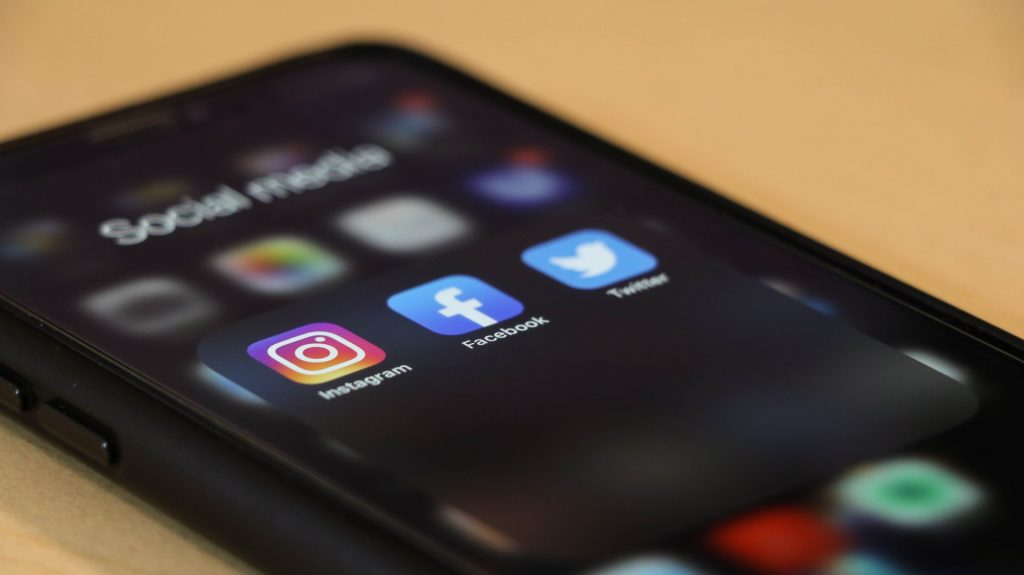
Photo by Jack deMore on Unsplash
A few months ago the main parameter that you should pay attention to was the Relevance Score. If Facebook users like your ad, then it will be cheap. If they don’t like it, Facebook is going to rob you. There is no smarter platform because Facebook has artificial intelligence. You just need to know how to use it. This is a different kind of science; just trust me on this one and I’ll get more into this in another article.
Shortly Facebook’s relevance score is a rating system that uses a scale of 1-10 to demonstrate how well your ad is received by your selected audience. Once an ad has achieved 500 impressions, Facebook will generate a relevance score for it, with 10 being the highest. Your ad’s relevance score is a strong predictor of your success using Facebook advertising; you want to achieve at least a score of 5. Ads with 4 or less rarely generate great results.
A few months ago , things changed a little, but the concept is the same.Here’s the exact text from Facebook’s announcement about the change:
We’re replacing the Relevance Score metric and replacing that with a new set of ad relevance diagnostics that are clearer and more actionable. Quality Ranking, Engagement Rate Ranking, and Conversion Rate Ranking can help you better diagnose whether the ads you ran were relevant to the audience you reached. The metrics are best used together, and we’ve provided additional guidance to help you interpret and act on different results.
Now, when selecting your desired landing page (the location where you want your audience to click), the best option for your ad’s chosen landing page is to send your visitors directly to your sales page or some content for an introduction, to make them feel you get them, you have handled their problem in the past and they become more interested.Quick tip: be sure to install the Facebook Pixel on your web site to “remember” your visitors and so you can “drive them crazy” later with retargeting messages after they have already shown some interest in your offer.
SEO (Search engine optimization) and Content Marketing
These are “free” Google visits that are not really free because, as I wrote earlier, you pay to create quality content and place it for your audience to find, often with paid ads on Facebook.
It’s best when Content Marketing is connected to SEO, because then on your content (text) you can have long term Google visits; remember what I wrote earlier: with paid visitors, even though they’ll show up faster than organic visitors coming through your solid SEO and content marketing, when you’ve spent your ad budget, they stop coming.
This post I am writing for you is a perfect example of a type of content marketing. Here, I present to you my experience and expertise on this topic. I am presenting myself as an authority when it comes to this topic.
And, when you try my suggestions and find they’ve had a real impact for you, I’ll continue to gain your trust and you’ll be interested to read my next article. This is how we build a relationship and, over time, as your trust is validated with more positive experiences through my suggestions, it will be easier for you to invest in my programs or consulting services that will be specially optimized for you.
You’ll make that choice because, given your earlier positive experiences with my recommendations, you’ll know your investment is less costly than the result you’ll gain with my help. Remember: that’s why someone will buy – they believe the value of what they get through their purchase is higher than the cost of that purchase.
Every keyword that is typed on Google has its own economic value. The value varies from market to market, from keyword to keyword. It is usual that specific groups of keywords which are ”long-tail” (having more words) have less searches than short-tail search terms (one or two words) yet they produce much stronger results. The person who types ’a 3-bedroom green house for rent’ and ’ South Florida’ will find much better leads than someone who seeks ’house to rent in Florida’ as s/he is specific about what s/he wants.
You have to invest a lot of money for good content, a lot of time and energy, but it always pays off in the long run. The system is harder in its own way, than paid ads (Facebook or Google ads), but your competition will also find it harder to do the same.
Whoever starts first, has the advantage. The whole SEO/Content Marketing strategy has to be carefully explored, designed and implemented to be profitable in the long run. Over 200 factors determine who will be first on Google for a specific keyword!
So: These are the 3 main ways to profitably advertise on the Internet: Google Ads, Facebook Ads and SEO combined with Content Marketing. These methods will stay current and produce powerful results for you for many more years.
When you master them and your channels are generating the right profitable visits, only then you should think about additional methods. And there are a lot of them, Reddit, Pinterest, TikTok, YouTube, Instagram…more every week. Of course, if you find, through your research, that your targeted audience NEVER goes on Facebook and is a Pinterest junkie, well, your approach would differ.
However, Google and Facebook allow for great specificity when you place an ad and they’re the recommendations I give you as you start your online marketing promotions.
You don’t need to stretch yourself and your budget 100 ways; these 3 main ones (the biggest ones) are sufficient if you use them correctly. When you master them and your channels are generating the right profitable visits, only then you should think about additional methods or platforms.
In the end, however you advertise on the Internet be sure that it pays off more than if you advertised offline. Online tools are powerful and cheap, far more so than 20th century direct mail, broadcast or other forms of marketing and advertising simply because their ability to produce the results you might have produced with those 20th century tools happens far more quickly, with less investment of time and money and with the help of built in software assists (really – it’s Artificial Intelligence helping you to find and duplicate your desired audience whether you use Google Ads or Facebook). Use those tools well and your results will surge.
All can be measured, scaled & and almost perfectly targeted.
When you connect all three things, automatically your word-of-mouth will be bigger.
Happy Marketing!
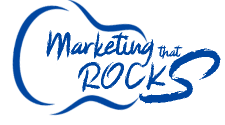
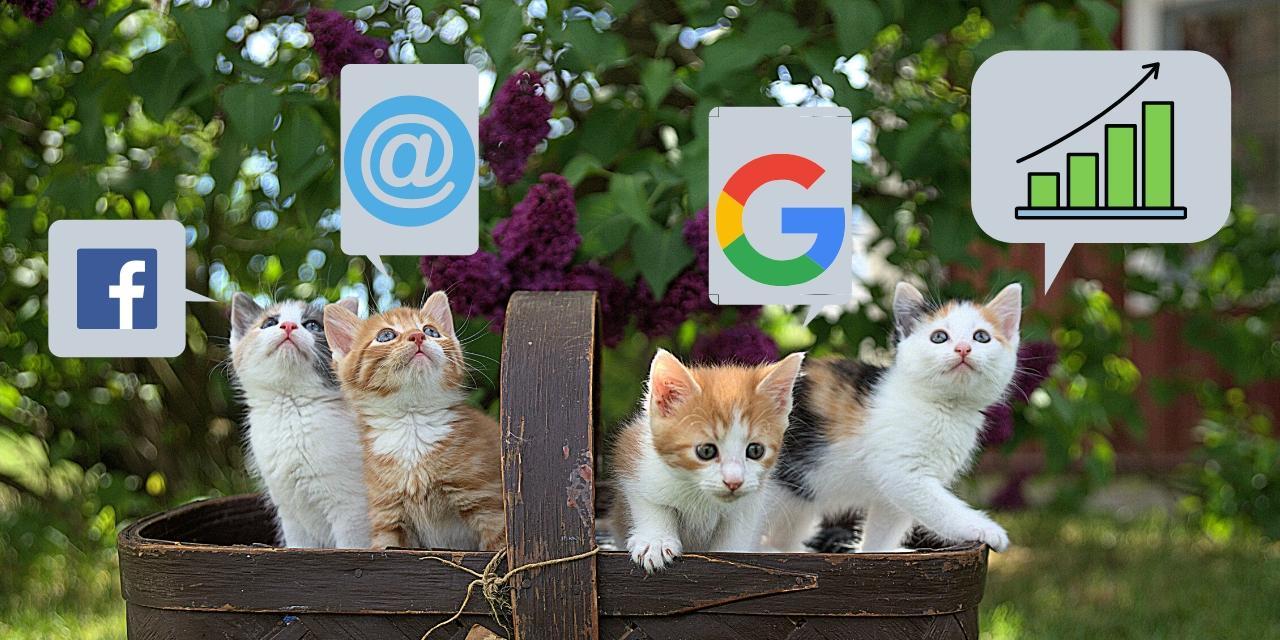
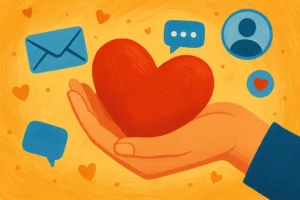


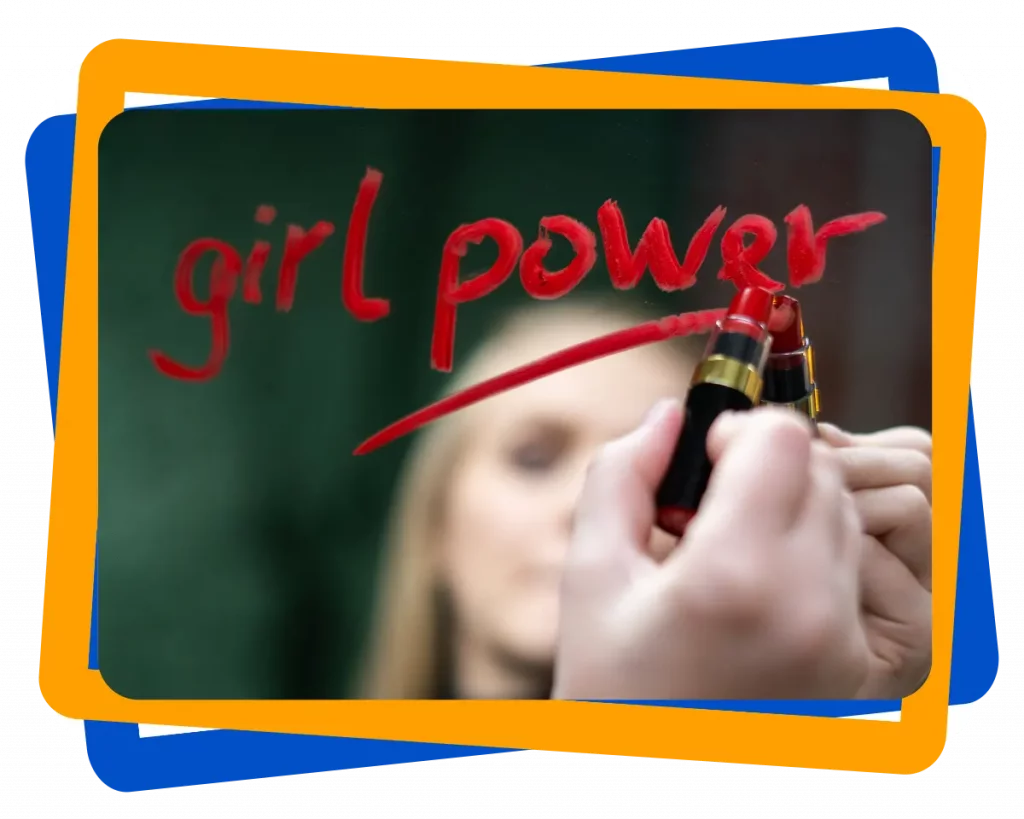
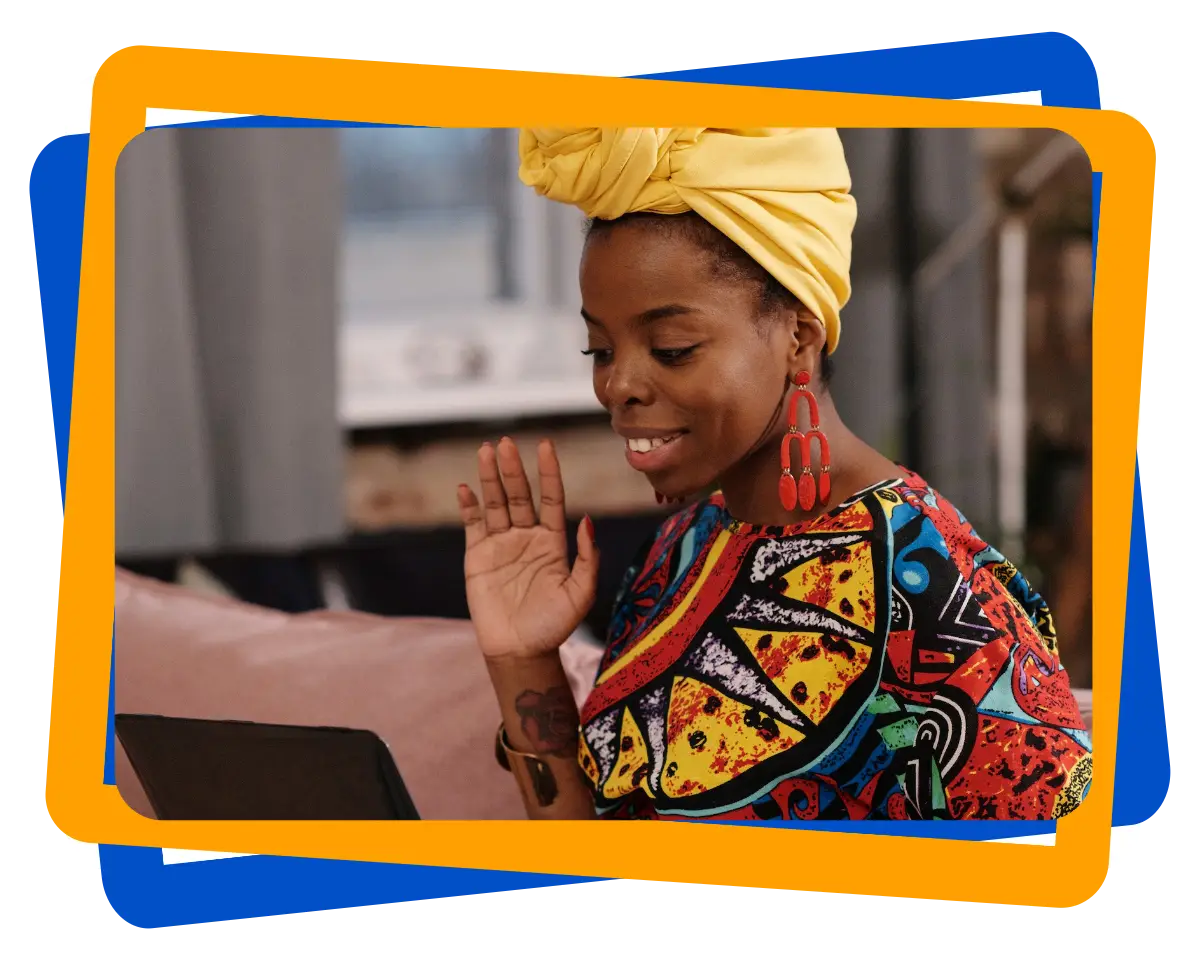
2 thoughts on “Stop! Don’t Start Your Online Promotion Until You Read This Guide”
Great content! Super high-quality! Keep it up! 🙂
Appreciate you taking the time; absolutely plan to keep it up! Next post coming soon ~